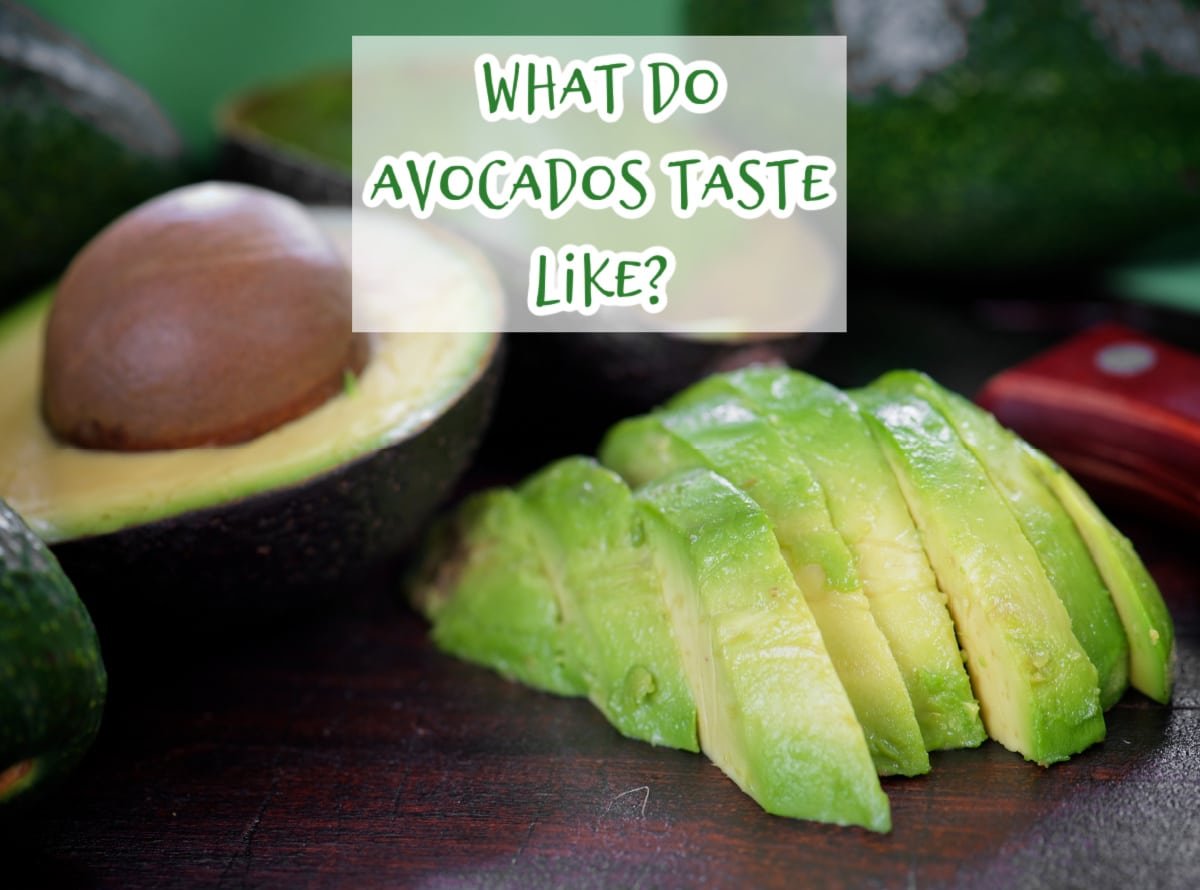Moly grease, short for molybdenum disulfide grease, is a lubricant infused with molybdenum disulfide particles for enhanced performance. Commonly used in high-pressure and extreme temperature environments, moly grease provides exceptional anti-wear and anti-friction properties. Its unique formula creates a protective layer that reduces metal-to-metal contact, preventing wear and extending overall equipment life. With its versatility and reliability, moly grease is a go-to solution for many industries seeking efficient lubrication solutions.
Exploring the Wonders of Moly Grease
If you’ve ever heard the term “moly grease” before and found yourself scratching your head in confusion, fear not! In this article, we’re going to dive deep into the world of moly grease and uncover its secrets. So, grab your magnifying glass and let’s embark on this investigative journey together!
What Exactly is Moly Grease?
Moly grease, short for molybdenum disulfide grease, is a type of lubricant that contains molybdenum disulfide as its key ingredient. Now, you might be wondering, “What in the world is molybdenum disulfide?” Well, molybdenum disulfide is a solid lubricant that is used to reduce friction between surfaces in mechanical systems.
Imagine two metal surfaces rubbing against each other – without any lubrication, they would generate a lot of heat and wear out quickly. That’s where moly grease comes to the rescue! By coating these surfaces with a layer of molybdenum disulfide, moly grease helps to reduce friction, prevent wear and tear, and extend the lifespan of the mechanical components.
How Does Moly Grease Work?
Now, let’s get into the nitty-gritty of how moly grease does its magic. When you apply moly grease to a surface, the molybdenum disulfide particles in the grease adhere to the metal, forming a protective layer. This layer acts as a barrier between the two surfaces, reducing direct contact and minimizing friction.
Think of it as a superhero cape for your machinery – it swoops in, shields the components from harm, and keeps things running smoothly. The molybdenum disulfide particles have a unique structure that allows them to slide against each other, further reducing friction and preventing metal-on-metal contact.
The Benefits of Using Moly Grease
Now that you understand how moly grease works its magic, let’s explore some of the fantastic benefits it offers:
1. **Improved Lubrication:** Moly grease provides excellent lubrication, helping to keep moving parts gliding smoothly without excessive friction.
2. **Reduced Wear and Tear:** By reducing friction and wear between surfaces, moly grease helps to prolong the lifespan of mechanical components.
3. **Enhanced Performance:** Machinery and equipment treated with moly grease often show improved performance and efficiency due to reduced friction.
4. **High-Temperature Stability:** Moly grease can withstand high temperatures, making it ideal for applications where regular grease might fail.
Where Can You Use Moly Grease?
Moly grease is a versatile lubricant that finds applications in a wide range of industries and settings. Here are some common areas where moly grease is used:
1. **Automotive:** Moly grease is commonly used in automotive applications, such as wheel bearings, chassis components, and universal joints.
2. **Industrial Machinery:** In industrial settings, moly grease is used to lubricate heavy machinery, conveyor systems, and other mechanical equipment.
3. **Aerospace:** The aerospace industry relies on moly grease to keep critical components of aircraft and spacecraft operating smoothly.
4. **Mining:** Moly grease is essential in mining operations to lubricate heavy-duty equipment like drills, crushers, and conveyors.
Choosing the Right Moly Grease
When it comes to selecting the right moly grease for your needs, there are a few key factors to consider:
1. **Thickener Type:** Moly grease can be based on different thickeners, such as lithium, calcium, or aluminum. Choose the thickener type that best suits your application.
2. **NLGI Grade:** The NLGI (National Lubricating Grease Institute) grade indicates the grease’s consistency. Select the NLGI grade based on the operating conditions of your machinery.
3. **Base Oil Type:** Consider the base oil type used in the moly grease, such as mineral oil, synthetic oil, or a combination of both, to ensure compatibility with your equipment.
In conclusion, moly grease is a remarkable lubricant that plays a crucial role in reducing friction, preventing wear, and enhancing the performance of mechanical systems. By understanding the science behind moly grease and its benefits, you can make informed decisions when choosing the right lubricant for your machinery.
So, the next time you hear the term “moly grease,” you’ll know that it’s more than just a fancy name – it’s a superhero in the world of lubrication, keeping the gears of industry turning smoothly and efficiently.
Lithium? Calcium? Moly? Expert Explains! 2032R/2038R Greazing
Frequently Asked Questions
What are the common uses of moly grease?
Moly grease, also known as molybdenum disulfide grease, is commonly used in automotive applications such as wheel bearings, chassis components, and universal joints. It is also used in industrial machinery, agricultural equipment, and mining machinery due to its excellent lubricating properties.
How does moly grease provide lubrication?
Moly grease contains molybdenum disulfide, a solid lubricant that adheres to metal surfaces to reduce friction and wear. When the grease is applied, the molybdenum disulfide particles form a protective layer between moving parts, ensuring smooth operation and preventing metal-to-metal contact.
Is moly grease suitable for high-pressure and high-temperature environments?
Yes, moly grease is well-suited for high-pressure and high-temperature environments. It has excellent thermal stability and can withstand extreme conditions without breaking down, making it ideal for applications where conventional greases may fail.
Can moly grease be used in conjunction with other types of grease?
While moly grease is compatible with most other greases, it is generally recommended to avoid mixing different types of greases to ensure optimal performance. If necessary, thoroughly clean and degrease the components before switching greases to prevent any potential compatibility issues.
Final Thoughts
Moly grease, short for molybdenum disulfide grease, is a lubricant containing molybdenum disulfide particles. Known for its excellent lubricating properties, moly grease is widely used in industrial applications. It provides exceptional protection against wear and reduces friction, extending the lifespan of machinery. Ensure to use moly grease in applications requiring high load-carrying capability. Remember, the key to optimal performance lies in understanding what moly grease is and when to use it.




